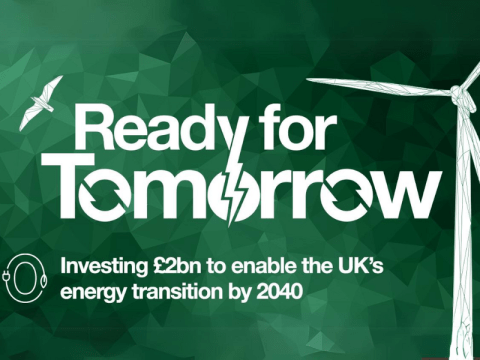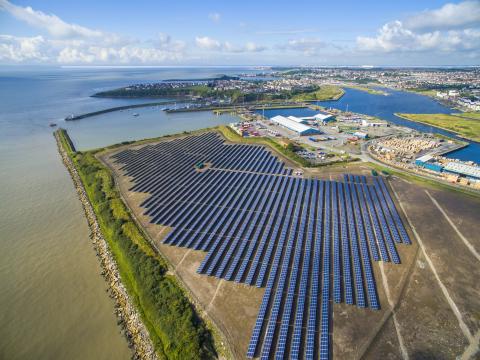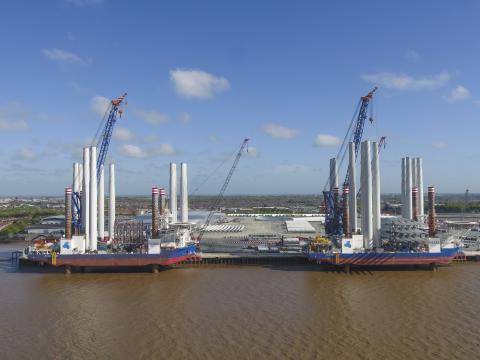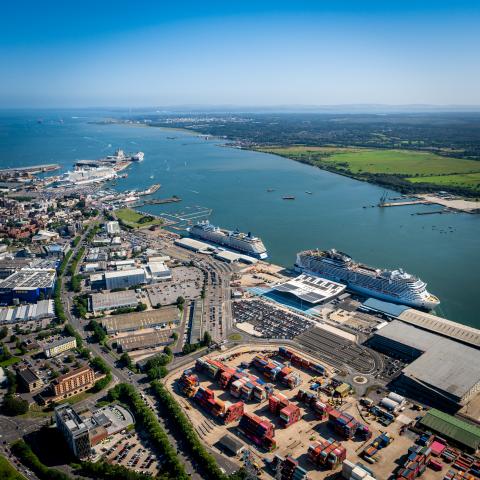Breadcrumb
Getting ports ready for net zero
Associated British Ports has a £2 billion plan to both decarbonise its own operations and support the country’s wider transition to net zero.
The investment in numbers
- £2 billion Investment to enable the UK energy transition by 2040
- 21 ports Owned by Associated British Ports around the UK
- 29 MW Renewable power capacity already operating on ABP land
Ready for Tomorrow is a plan by the UK’s largest, privately owned ports operator to invest some £2 billion in both decarbonising its business by 2040, and in using its land to deliver major projects that help others develop new renewable energy supplies.
Powered by an owner group of global investors based in Canada, Singapore, Kuwait and the UK - who are all GIIA members - Associated British Ports (ABP) has in total identified five areas for action: net zero, waste and water management, biodiversity and air quality.
The company has a unique role in enabling both decarbonisation and sustainability, because its ports are major docking stations for the international shipping industry, and sufficiently big that each also has a major impact on the surrounding economy and environment.
In total ABP owns 21 ports around the UK, handling every form of cargo and supporting myriad industries. Among these are the infrastructure sectors of hydrogen and CCS, offshore wind, energy generation and storage, rail, and dry bulk goods such as metals and minerals. The company has also unveiled the first of 14 sites intended to support the UK’s renewable energy, manufacturing and supply chain sectors, with a new enterprise park on land it owns beside its port on the Humber.
Its £2 billion (US$2.5 billion) investment plan includes continuing to develop leading offshore wind and manufacturing support hubs in the Humber estuary and on the coast of East Anglia. And future projects such as renewable energy developments in South Wales and around the Solent on England’s south coast.
Video courtesy of Associated British Ports
With a declared purpose to ‘keep Britain trading’, ABP supports nearly 120,000 jobs and contributes £7.5 billion to the economy every year. However, the UK is legally committed to net zero by 2050, so the company recognises that it will have to go further than the 29MW of renewable power capacity already operating on its land.
The Ready for Tomorrow plan follows a careful evaluation of different long-term scenarios which have made ABP confident that it is making a sound financial investment. There are two main parts: £600m to decarbonise ABP’s own infrastructure and equipment by 2040, and £1.4bn for infrastructure and facilities that support customers involved in the UK’s energy transition.
Film by ITN Business
Ports with among the biggest projects include:
- Port Talbot: which will support a green industrial revolution in South Wales. By 2030, it’ll be producing floating offshore wind turbines - megastructures with foundations as big as football fields and blade tips as high as The Shard tower in London. Hundreds will be needed to hit energy generation targets. Only Port Talbot has the combination of deep water, huge capacity and strategic location close to the planned wind farms.
- Port of Immingham: where ABP is investing in an import terminal for green ammonia, which will become green hydrogen to power heavy goods vehicles and buses. The terminal will also be used to import carbon dioxide before it is piped offshore for long-term storage under the North Sea.
- Port of Southampton: where ABP now has a shore power facility for cruise ships, helping to reduce emissions and improve air quality.
The significant advantage of long-term, responsible private ownership of crucial national infrastructure - such as ports - is that modernisation and transformation can often be delivered more quickly, with greater certainty and far less recourse to often highly stretched public finances. Private investment can often bring earlier benefits to the economy and environment, and bridge the gap between what citizens want and what the public sector alone can afford.
But collaboration is vital. If companies like ABP are to make net zero a reality, effective partnerships with government and local communities are essential. The right enabling frameworks in terms of both policies and incentives, such as planning and consenting, will ensure the company can invest with the certainty and on the timelines needed to deliver the projects and jobs required for a more sustainable future.
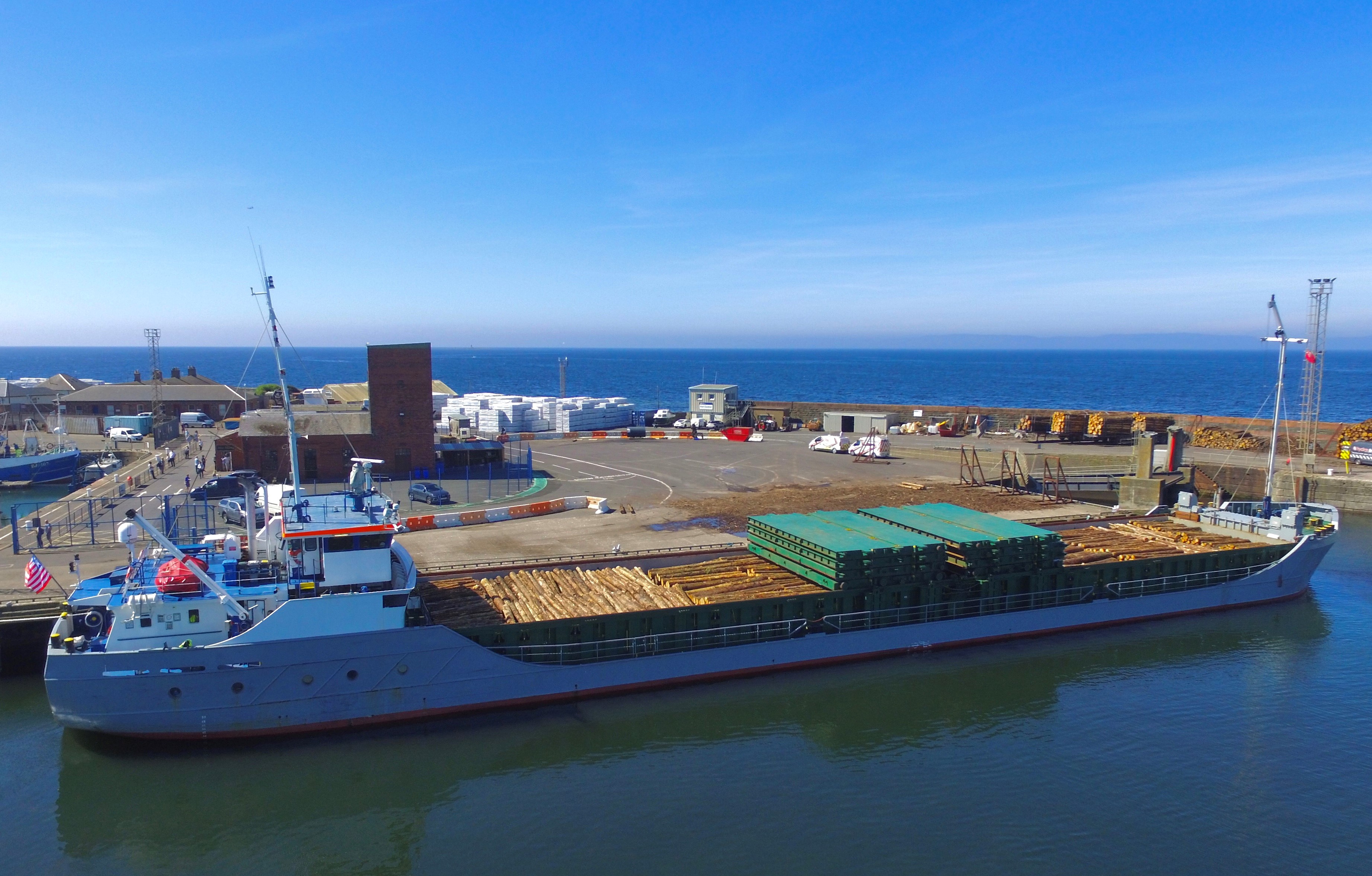
ABP is owned by five blue chip pension and infrastructure investment groups – all GIIA members - which are committed to the long-term growth of the business (stakes in %):
- CPP Investments on behalf of 21 million contributors and beneficiaries. The fund totalled more than C$575 billion at September 2023 (33.9%)
- Omers Infrastructure is the infrastructure investment arm of the Ontario Municipal Employees Retirement System (OMERS), a Canadian pension plan with net assets at June 2023 of C$125bn (30%)
- Cheyne Walk Investment is a unit of GIC, which was set up in 1981 to manage Singapore’s foreign exchange reserves and has more than US$100bn of assets (20%)
- Wren House Infrastructure is a global investment vehicle of the Kuwait Investment Authority whose assets total more than US$800bn at October 2023 (10%)
- Federated Hermes Infrastructure is part of Federated Hermes, a global investment manager with more than $750 billion in assets under management at December 2023 (6.1%)
